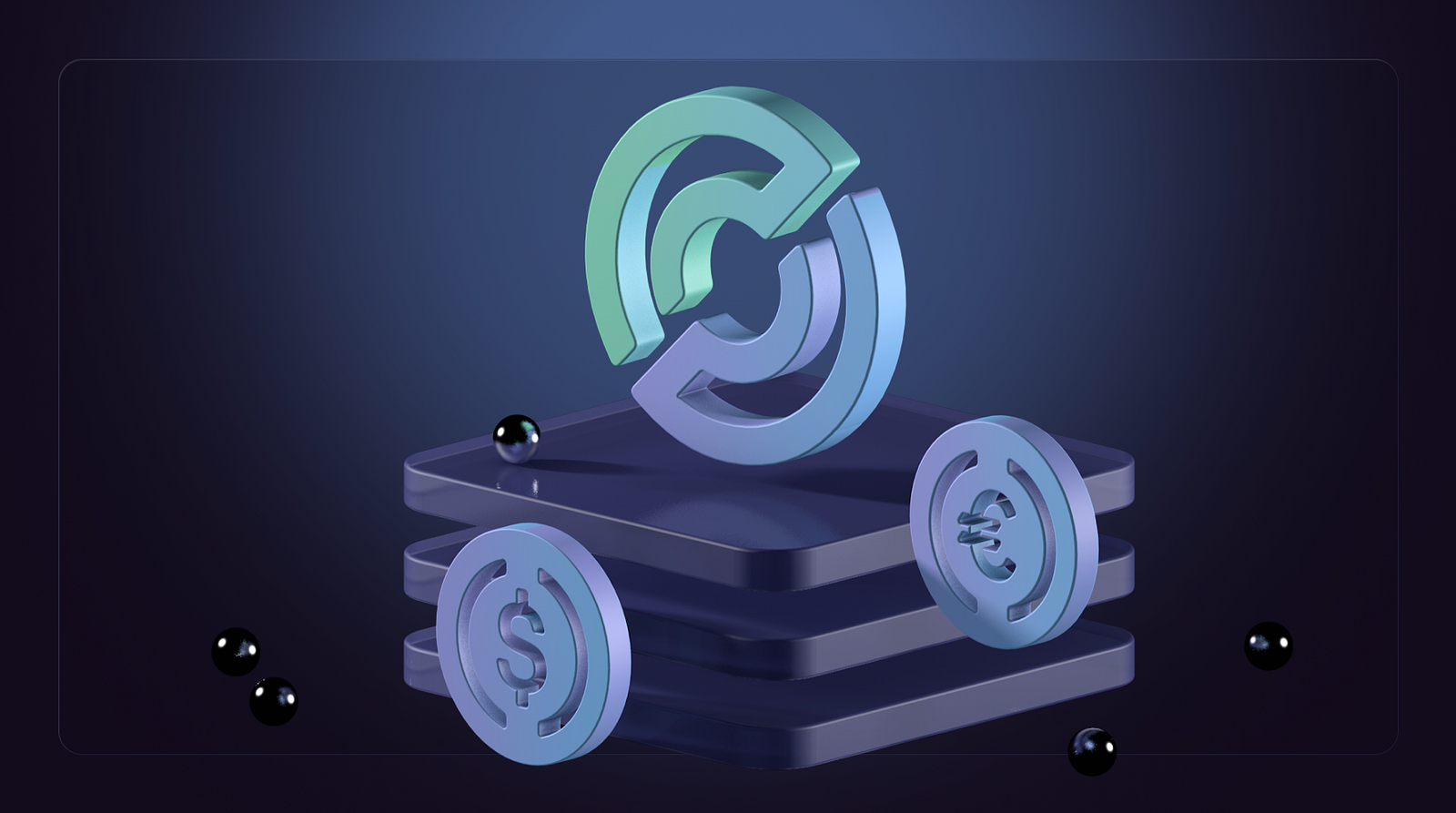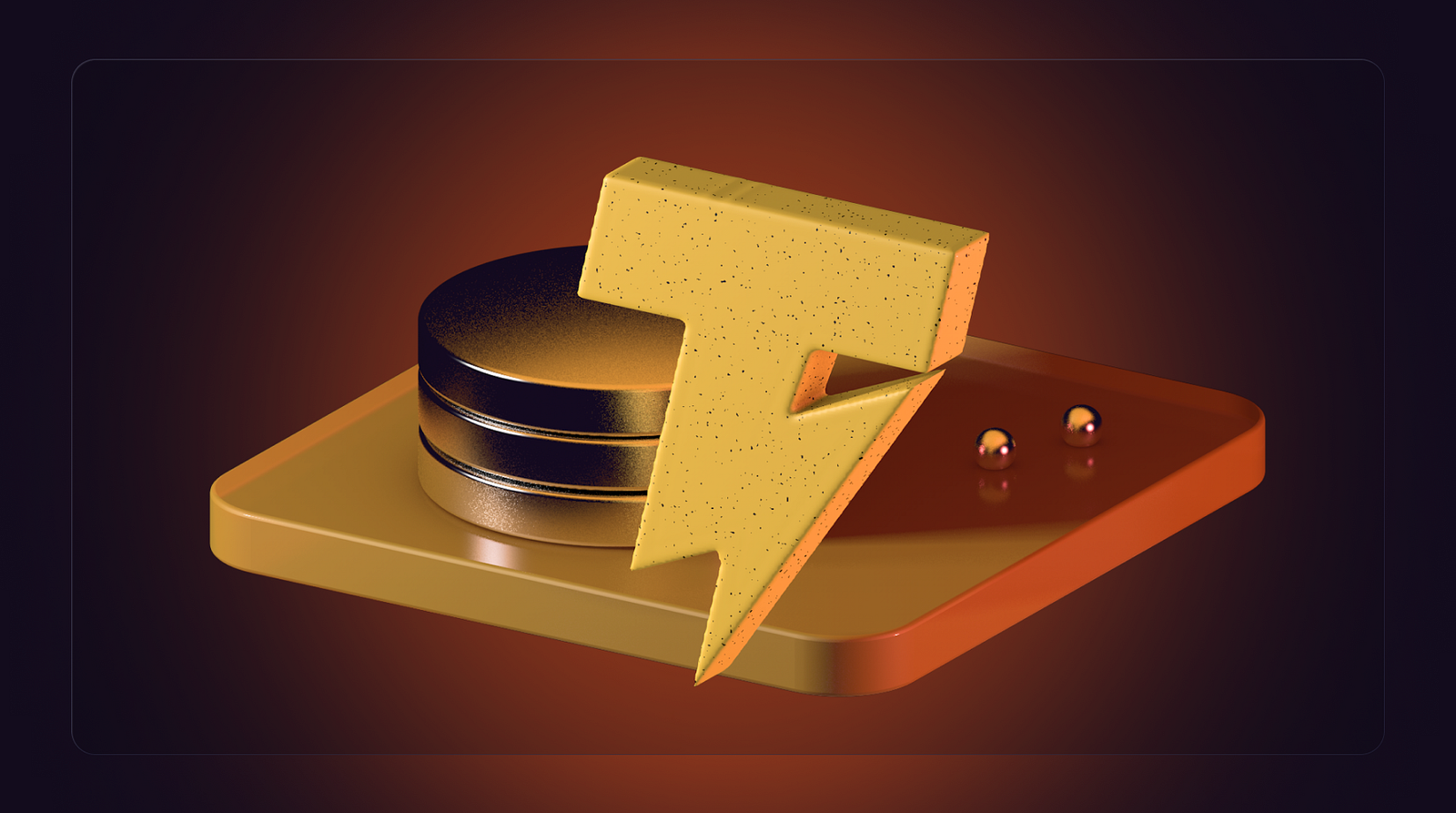Please fasten your belts!
Circle unveils major upgrade for USDC and EURC stablecoins
Circle, a key player in the digital currency sphere, has announced the launch of version 2.2 upgrades for its prominent stablecoins, USDC and EURC. This significant development, the first major update since early 2021, promises to substantially improve cost-efficiency, security, and user experience on Ethereum Virtual Machine (EVM) compatible blockchains.
A notable feature of the v2.2 upgrade is the reduction of gas costs. It is particularly crucial for frequent blockchain users who have previously faced high transaction fees. By making transactions more economical, Circle aims to improve the accessibility and usability of its stablecoins.
In addition to cost reduction, the upgrade includes advanced support for account abstraction. This is a significant advancement in simplifying user experiences by allowing more flexible wallet structures. This way, Circle wants to make user accounts more user-friendly and less technical.

Security, a paramount concern in digital transactions, is also a significant upgrade focus. Advanced security measures have been implemented to safeguard transactions, backed by a comprehensive audit conducted by the blockchain security firm Halborn.
The v2.2 upgrade introduces six new changes to the smart contracts of USDC and EURC, making seamless implementation across supported EVM blockchains real. Remarkably, the upgrade is fully backward-compatible, necessitating no actions from developers or users to adapt.
Other refinements include improvements in signature validations for smart contract wallets, streamlined blocklist checks, and better resilience against blockchain forks. Additionally, EURC will undergo a one-time name change from ‘EUROC’ to ‘EURC’, aligning with branding strategies.
The rollout of these upgrades commenced on November 9, 2023, with Circle expecting to complete the process over the coming months.
a16z invests in smart account infrastructure provider Pimlico
Andreessen Horowitz (a16z), a prominent American venture capital firm, has marked a significant milestone by making its first investment from its newly established London office in the crypto startup Pimlico.
The $4.2 million seed investment in Pimlico, a company dedicated to improving the infrastructure for decentralized applications (dApps), is a strong signal of a16z’s confidence in the burgeoning London tech scene, particularly in the Web3 sector.
Pimlico, named after a charming area in London, aims to simplify the development of user-friendly dApps. The investment in Pimlico came shortly after its founder and CEO, Kristof Gazso, graduated from a16z’s Crypto Startup School. Gazso’s quick progress in developing Pimlico’s product and securing early partnerships notably impressed Sriram Krishnan, a general partner at a16z focusing on crypto.
The investment aligns with a16z’s strategy to focus on U.K. founders and startups, recognizing the United Kingdom’s potential as a tech startup hub, especially for Web3 projects. The combination of top-tier universities, deep capital markets, sophisticated financial regulators, and the prospect of precise, practical regulation are seen as critical drivers for this potential.
Pimlico’s mission centers around the implementation of ERC-4337, a significant technical upgrade by Ethereum, which facilitates the standardization of “smart accounts.” This standard makes it easier for developers to integrate features like email recovery, social logins, and gas fee sponsorship, ultimately aiming to reduce the complexities and inconveniences associated with crypto transactions.
Gazso, who co-authored ERC-4337 alongside Ethereum founder Vitalik Buterin, aims to streamline the development process for smart accounts. He envisions Pimlico playing a role similar to Stripe in the digital payments industry, simplifying and democratizing the creation of decentralized applications.
Binance launches Web3 messenger for select users
Binance, a leading player in the cryptocurrency exchange market, has recently rolled out a new Web3 messenger app. The app, currently available to a limited user base, was launched ahead of Binance’s Blockchain Week.

Developed on CyberConnect, a prominent Web3 social media platform, the app leverages account abstraction to improve social identity in the decentralized Web3 ecosystem. This technology allows developers to use smart contracts to create more user-centric and interactive applications.
Last year, Binance introduced an exclusive social app to connect its main customers with key account managers and staff. This marked the company’s initial steps towards integrating social elements within its service offerings.
Initially released on the iOS store, the app has received mixed responses. Binance CEO Changpeng Zhao (CZ) clarified that the app’s primary use would be for internal communications.
Cointelegraph Research: Top trends for the future
As the cryptocurrency market shows signs of resurgence, a pressing question arises: What will shape the next crypto bull run? Will it be Layer-1 (L1) blockchains like Bitcoin and Ethereum, Layer-2 (L2) solutions such as Polygon, or an entirely different technology? The anticipation of a new crypto spring has sparked this debate.

A recent report from the Cointelegraph Research Terminal delves into this very question. It examines emerging projects in the crypto landscape, focusing on how L1 solutions like Avalanche and Hedera are positioning themselves against rising technologies. The report, titled “L1 vs. L2: The Blockchain Scalability Showdown,” offers insights into the current state of blockchain scalability solutions and their emphasis on interoperability.
L1 blockchains, also known as mainnets or primary chains, are foundational protocols. However, they face scalability challenges, leading to the development of L2 solutions designed to better the processing of transactions. These L2 solutions process numerous low-value transactions on parallel blockchains, later transferring records to the main blockchain for secure and immutable recording.
A significant development in this area is the concept of account abstraction, which allows developers to combine elements from different L1 and L2 protocols while maintaining their own ecosystem. This approach aims to heighten interoperability across various blockchain networks.
🐞This digest is sponsored by TransactionKit
Bring your dApp to the next level with TX Kit! Plug-and-play React components, transaction batching, cross-chain compatibility, gasless transactions, and complete UI design freedom. Fast and simple Web3 development is possible.
Start exploring Account Abstraction with Etherspot!
- Learn more about account abstraction here.
- Head to our docs and read all about the Etherspot SDK.
- Skandha - a developer-friendly Typescript ERC4337 Bundler.
- Explore our TransactionKit, a React library for fast & simple Web3 development.
- For a plug & play integration, review the BUIDLer react component.
- Follow us on Twitter and join our Discord.
Is your dApp ready for Account Abstraction? Check it out here: https://eip1271.io/
Subscribe to Etherspot’s Everything About Account Abstraction Newsletter!
Get In Touch:
Website | Twitter | Discord | Github | Telegram
Powered by Etherspot
TransactionKit | BUIDLer React Component | Pillar Wallet | AirdropMe

